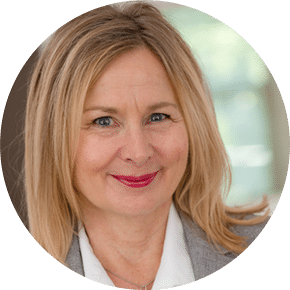About Lake Forest Park
Lake Forest Park is a city in King County, Washington, United States, just north of Seattle. A bedroom community by design, most of the city consists of single-family housing on medium to large-sized lots. Less than 4% of the city land is zoned commercial; most of that is in one location, and there are no industrial areas.
Lake Forest Park is situated along the shore of Lake Washington, and includes parks and nature preserves, convenient access to the Burke-Gilman Trail, a summertime farmer's market, and a large new and used bookstore holding frequent musical events.
The City of Lake Forest Park uses strategic partnerships to offer residents community programs and services. A partnership with the City of Shoreline's Recreation Department offers residents discounted access to a wide variety of programs including classes, workshops, and enrichment programs for all ages. The City of Lake Forest Park also partners with the Shoreline/Lake Forest Park Arts Council, the Shoreline/Lake Forest Park Senior Center, and Hang Time(an extensive after school activity program offered by Kellogg Middle School and the YMCA). In addition, the City of Lake Forest Park provides funds to the Center for Human Services which offers mental health counseling, drug and alcohol treatment, outreach and education services to residents who qualify based on income. The heart of the Town Center, Third Place Commons, is managed by the organization Friends of the Third Place Commons, a 501(c)3 nonprofit. The Third Place Commons offers a large space with a stage, restaurants, seating, a children's play area, free Wi-Fi, and a meeting room. Third Place Commons also runs the outdoor Lake Forest Park Farmers Market that runs on Sundays from May to October with over 45 vendors.
*Source: Wikipedia.org
Read More ▾The Commute
Travel Methods
To City CenterLake Forest Park Sales Data
Percentage change from latest quarter vs same time period previous year
Data compiled using 2nd quarter 2018 data vs. same period from 2017
Median Sales Price
MEDIAN SALES PRICE

Demographics
- Filter by:
- Population
- Income
- Education
- Market Rents
Population by Age Level. Median Age 46.64. Households: 5,393.
In Thousand of Dollars. (Median Income: $89,441)
Population by Education Level
Fair Market Rents
Lake Forest Park Schools & Education
Public & Private Institutions Of Learning
Education is provided by public, private and home schools. State governments set overall educational standards, often mandate standardized tests for K–12 public school systems and supervise, usually through a board of regents, state colleges, and universities. Funding comes from the state, local, and federal government. Private schools are generally free to determine their own curriculum and staffing policies, with voluntary accreditation available through independent regional accreditation authorities, although some state regulation can apply.
Where To Drink, Dine, Shop, Relax & Recline







































































































 By submitting information, I am providing my express written consent to be contacted by representatives of this website through a live agent, artificial or prerecorded voice, and automated SMS text at my residential or cellular number, dialed manually or by autodialer, by email, and mail.
By submitting information, I am providing my express written consent to be contacted by representatives of this website through a live agent, artificial or prerecorded voice, and automated SMS text at my residential or cellular number, dialed manually or by autodialer, by email, and mail.

